Introduction
Welcome to "Budget Backpacking: Tips for Cheap Travel"! If you’re looking to explore the world on a shoestring budget, you’ve come to the right place. Budget backpacking requires careful planning and flexibility, but it’s an incredibly rewarding way to see the world without breaking the bank.
Determining Your Time and Budget
The first step in planning a budget backpacking trip is to determine how much time you can take off and when. This will help you decide how many places you can visit and for how long. Experienced backpackers recommend budgeting around $30 per day Plan Travel on a Budget, but this can vary depending on where you stay and eat. Make a budget and subtract around $1,000 for flights to and from your destination.
Utilizing Connections Abroad
Utilize connections abroad to stay with friends or family, which can significantly reduce costs. This can not only save money but also give you a more authentic travel experience. You can also create a Pinterest board to gather ideas and tips from experts on budget backpacking. Follow travel bloggers like The Savvy Backpacker and The Blonde Abroad for inspiration and guidance.
Planning Your Travel Routes
Plan your travel routes wisely, considering options like ride-sharing programs, buses, and trains. Couchsurfing or staying with friends can also be a cost-effective option. It’s all about being flexible and open to different ways of getting around.
In the following sections, we will dive deeper into the factors to consider when planning a budget trip, creating a detailed travel budget spreadsheet, refining your budget with expense categories and subcategories, exploring additional budgeting methods, and concluding our comprehensive guide to budget backpacking. So grab your backpack and get ready for an adventure without breaking the bank!
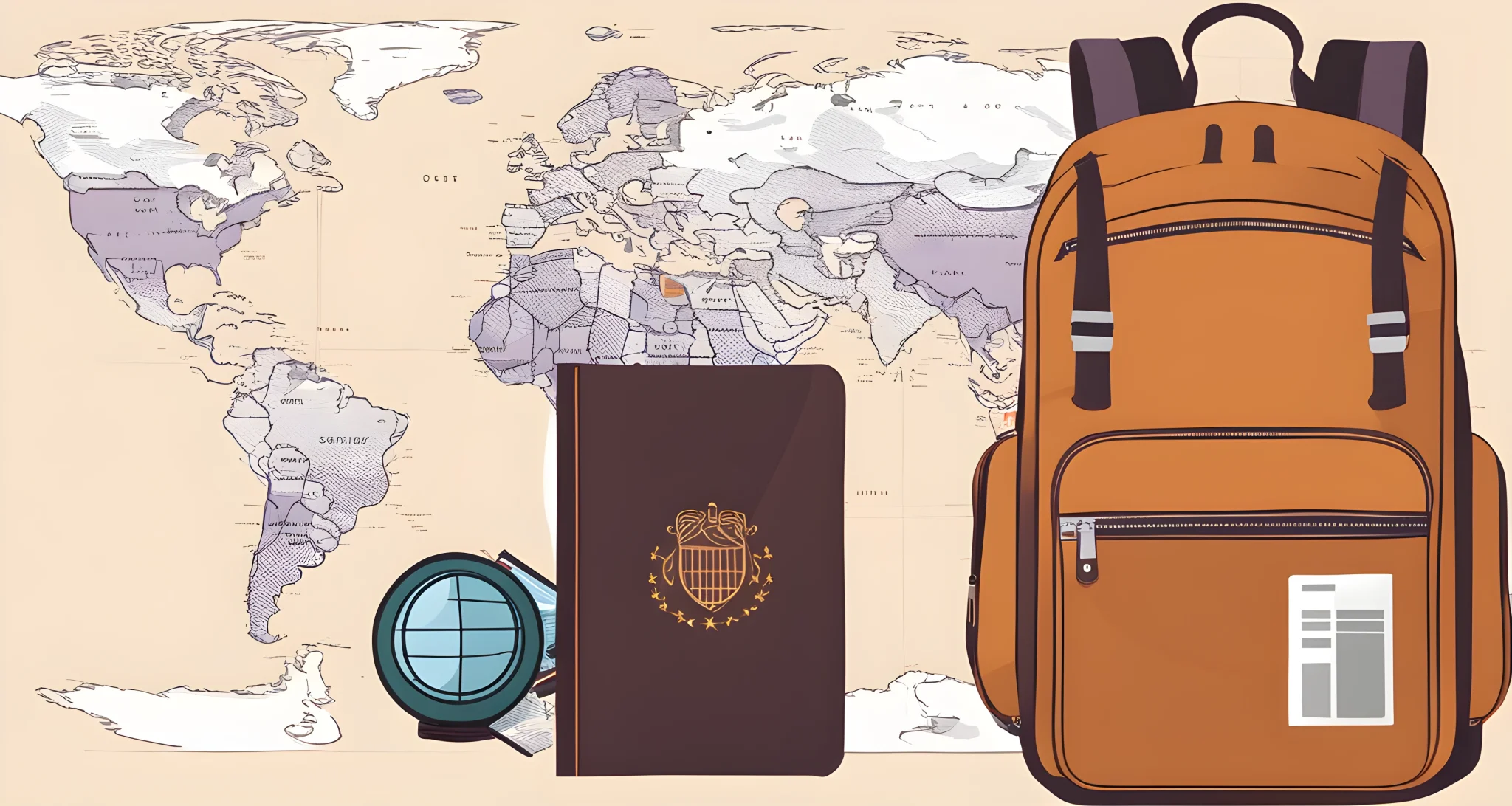
Factors to Consider When Planning a Budget Trip
When planning a budget trip, there are several factors to consider to ensure a successful and affordable adventure. Here are some key considerations to keep in mind:
Accommodations
- Consider staying in hostels or budget-friendly options to save on lodging expenses.
- Be flexible and prepared for unexpected events, such as missed flights or lost bookings.
- Prioritize your safety and well-being by staying organized and planning ahead.
Packing Light and Choosing the Right Gear
- Packing light can minimize expenses by avoiding costly baggage fees and making transportation easier.
- Choose versatile gear that can serve multiple purposes, such as a lightweight travel towel that can also double as a beach blanket.
- Consider investing in quality gear that will last longer and save money in the long run.
Transportation
- Research affordable transportation options, such as local buses or trains, to save on travel costs.
- Look for budget airlines or consider alternative modes of transportation, like biking or walking, for short distances.
Food and Dining
- Embrace the local cuisine and street food to experience authentic flavors at a lower cost.
- Plan and prepare some of your own meals using local ingredients to save on dining expenses.
By considering these factors when planning your budget trip, you can ensure that you are well-prepared for an affordable and memorable adventure. For more tips on solo travel on a budget, check out the Affordable Solo Travel Strategies guide.
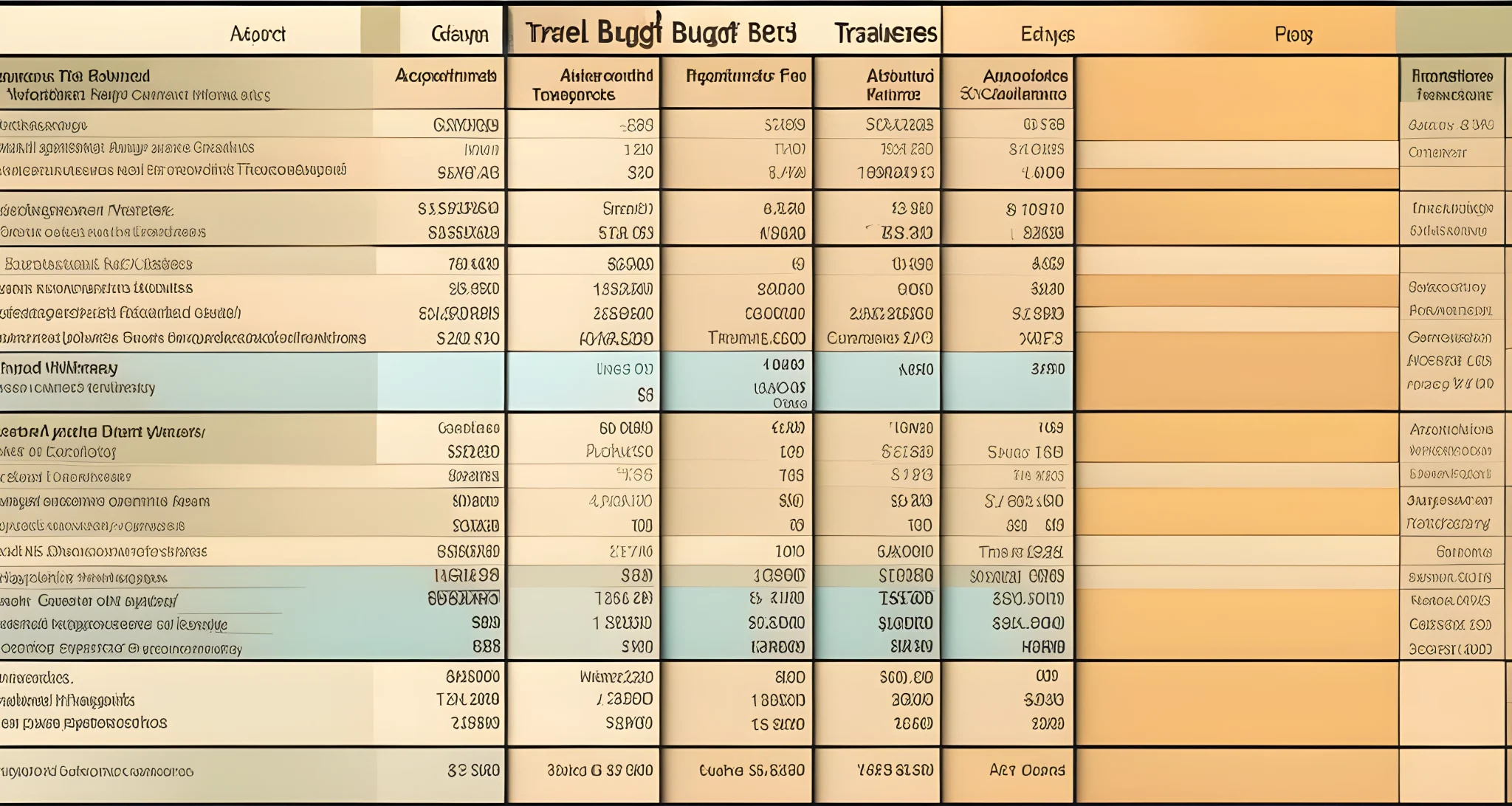
Creating a Detailed Travel Budget Spreadsheet
When it comes to budget backpacking, creating a detailed travel budget spreadsheet is crucial for managing your expenses effectively. By listing all anticipated expenses, such as flights, accommodations, meals, transportation, and activities, you can get a clear picture of your total trip cost. Researching the average cost of these expenses in your destination is essential to create an accurate budget. Consider unforeseen costs such as travel insurance, visa fees, and medical expenses to ensure you are prepared for any unexpected financial burdens.
Utilize Budgeting Tools and Templates
To structure your spreadsheet effectively, consider using budgeting tools and templates available online. These resources can help you organize your expenses and keep track of your spending throughout your trip. By utilizing these tools, you can easily monitor your budget and make adjustments as necessary.
Allocate Funds for Emergencies
It’s important to allocate funds for emergencies and unexpected expenses in your budget. This could include setting aside a portion of your total budget for unexpected costs that may arise during your travels. Whether it’s a medical emergency or a last-minute change in plans, having a financial buffer can provide peace of mind during your trip.
Regularly Update Your Budget
Staying on track with your budget requires regular updates and adjustments. As you incur expenses during your trip, be sure to record them in your spreadsheet to keep track of your spending. This will help you stay within your budget and make informed decisions about where to allocate your funds.
By creating a detailed travel budget spreadsheet, you can effectively manage your finances while backpacking on a budget. With the right tools and resources, you can ensure that you have enough funds for all aspects of your trip while also being prepared for any unexpected costs that may arise.
For more information on essential gear for backpacking on a budget, check out our article on Budget Backpacking Must-Haves.
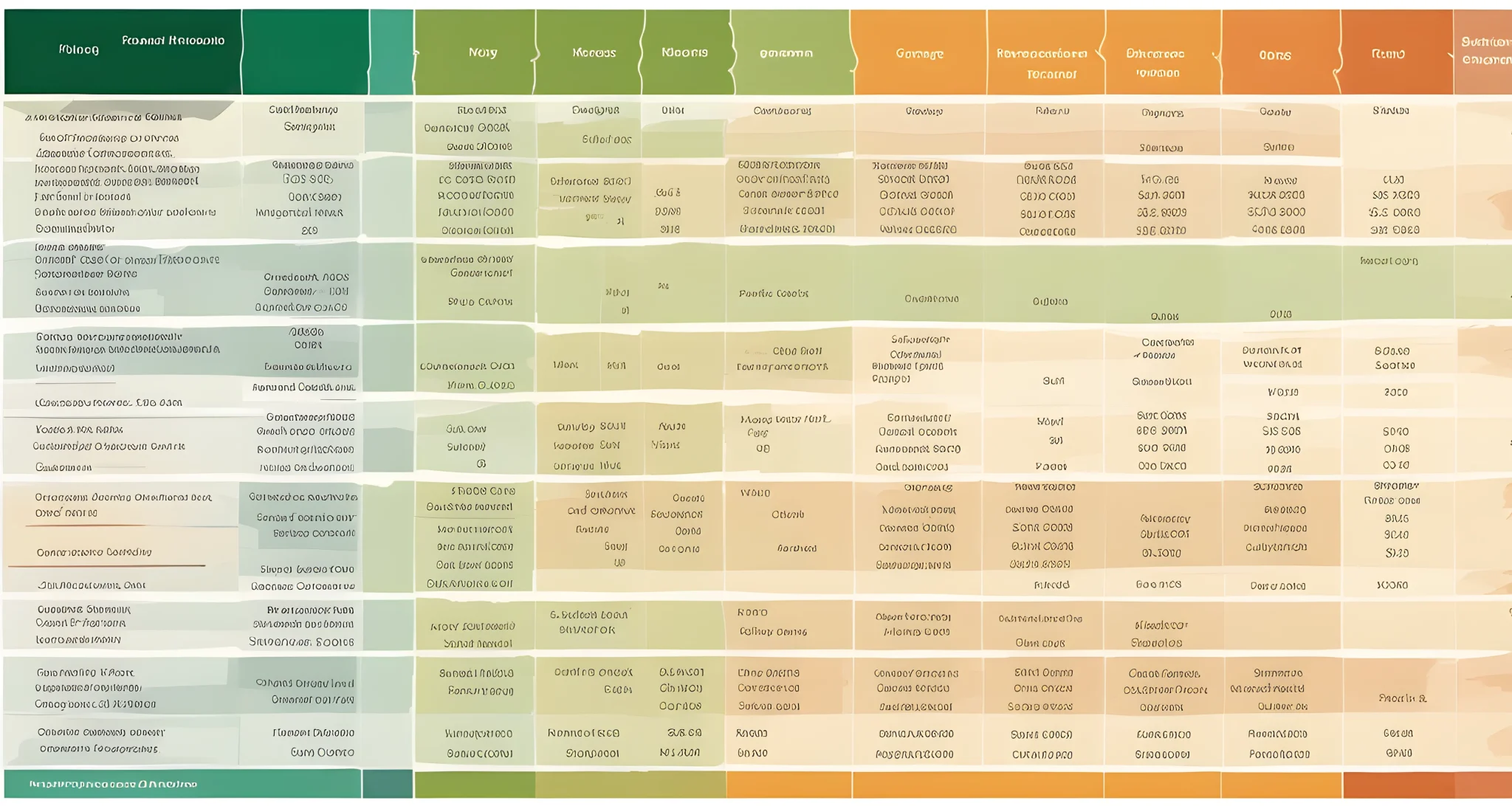
Refining Your Budget: Expense Categories and Subcategories
When refining your budget for a backpacking trip, it’s important to break down your expenses into categories and subcategories. This will help you analyze where your money is going and identify areas to cut costs.
Expense Categories
- Transportation: This category may include airfare, train tickets, taxi fares, and fuel for transportation.
- Accommodations: Subcategories could be hostel stays, camping fees, and guesthouse rentals.
- Meals: This category can include groceries, dining out, and snacks on the go.
- Activities: This may encompass entrance fees to attractions, guided tours, and rental equipment.
- Miscellaneous: Any other expenses that do not fit into the above categories.
By organizing your expenses in this way, you can gain a clearer understanding of your spending habits and make informed budget adjustments. It also allows you to see which areas are consuming the most money so that you can prioritize where to cut costs.
Analyzing your expenses in detail will help you identify opportunities for cost savings. For example, if you notice that a significant portion of your budget is going toward transportation, you may want to explore Affordable adventure secrets for tips on finding cheaper ways to travel.
Breaking down expenses into subcategories also enables you to track each specific type of expense more closely. This level of detail can be crucial when trying to identify areas where you are overspending or potential areas for cost-saving opportunities.
As you refine your budget and make adjustments, it’s important to regularly review and update your travel budget spreadsheet. This will help you stay on track with your spending goals and ensure that you are not exceeding your budget in any particular category.
Conclusion
By creating detailed expense categories and subcategories in your travel budget spreadsheet, you can gain valuable insights into your spending habits and identify areas where you can cut costs. This level of organization will empower you to make informed decisions about how to allocate your funds during your backpacking trip.
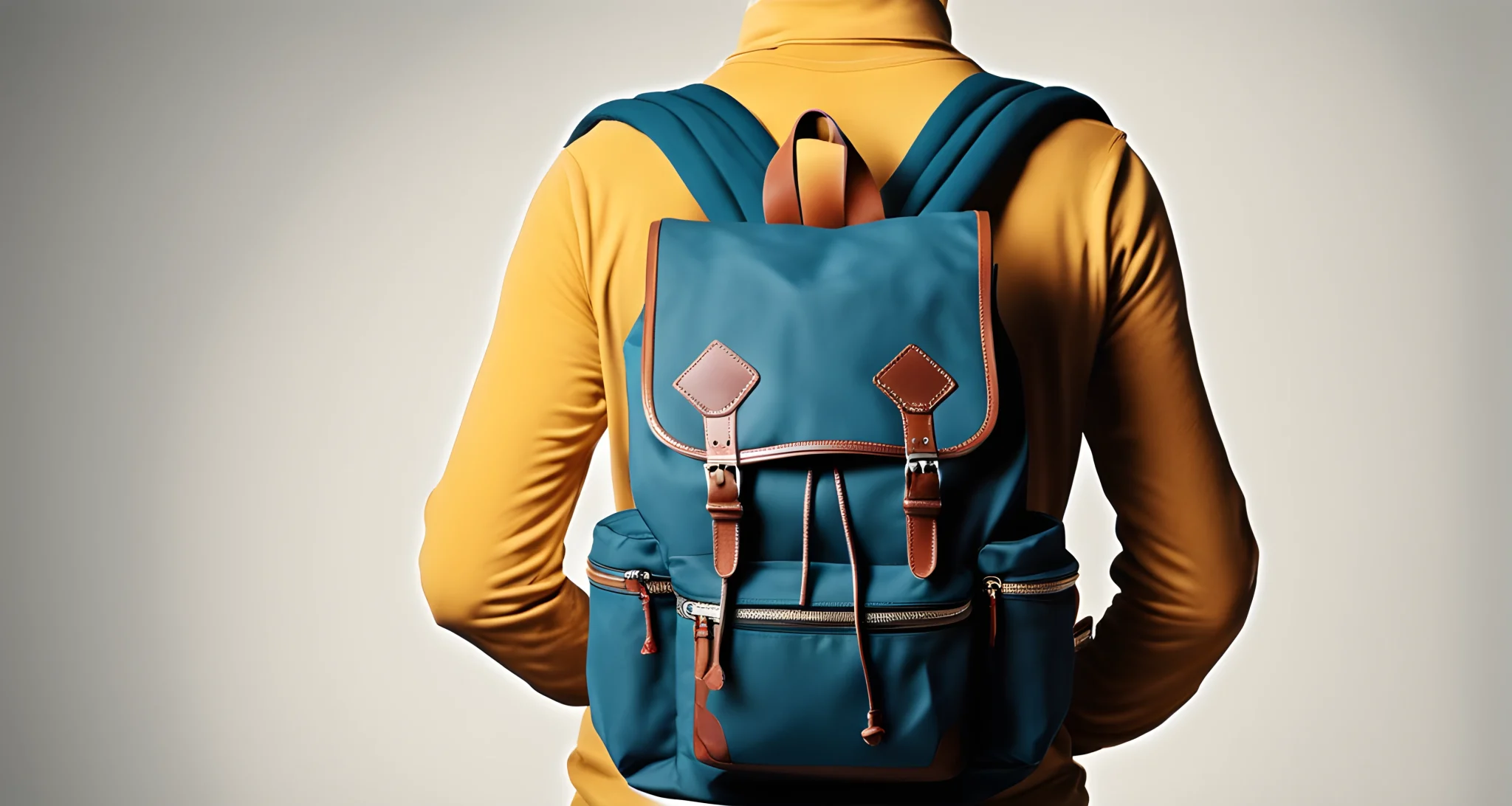
Additional Budgeting Methods
When it comes to managing your finances during a backpacking trip, there are several additional budgeting methods that can help you stay on track. In addition to creating a detailed travel budget spreadsheet, consider the following approaches:
Envelope System
- Allocate cash to different spending categories and only use what’s in each envelope.
- This visual method helps you control your spending and stay within your budget Frugal travel advice.
Budgeting Apps and Tools
- Use budgeting apps and tools to track your expenses and manage your budget on the go.
- Look for apps that offer features such as expense categorization, receipt scanning, and budget goal setting.
By utilizing these additional budgeting methods in combination with your travel budget spreadsheet, you can effectively manage your finances during your backpacking trip. By having a variety of tools at your disposal, you can ensure that you have a comprehensive and flexible approach to staying within your budget while still enjoying all the experiences of travel.
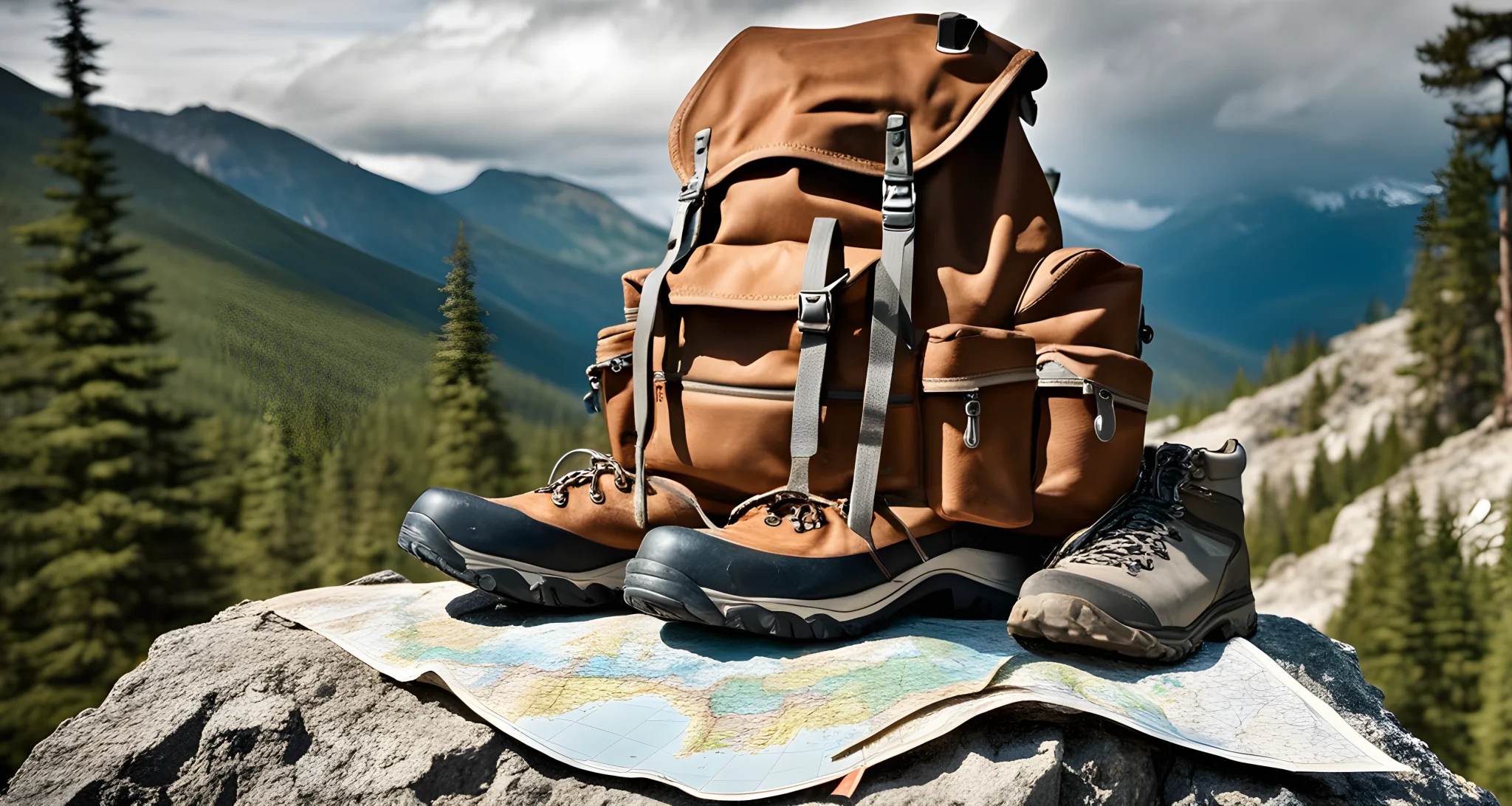
Conclusion
In conclusion, budget backpacking requires thorough planning and consideration of various factors. By creating a detailed travel budget spreadsheet, refining your budget with expense categories and subcategories, and utilizing additional budgeting methods, you can better manage your expenses and ensure a successful and affordable trip.
Stay Flexible
- Flexibility is key when it comes to budget backpacking. Unexpected expenses may arise, so it’s important to be adaptable and open to changes in your itinerary.
Prioritize Safety
- Safety should always be a priority when traveling on a budget. Be mindful of your surroundings, keep important documents secure, and research the safety of your destination beforehand.
Seek Inspiration and Guidance
- Don’t hesitate to seek inspiration and guidance from experienced backpackers and travel bloggers. Their firsthand experiences and tips can provide valuable insights for your own journey.
Use Additional Budgeting Methods
- In addition to creating a detailed travel budget spreadsheet, consider using additional budgeting methods such as using cash envelopes for specific expense categories or setting spending limits for each day of your trip.
Remember to stay flexible, prioritize your safety, and seek inspiration and guidance from experienced backpackers and travel bloggers. With careful budgeting and preparation, you can have a memorable and cost-effective backpacking adventure.
For more tips on saving money while traveling, check out Tips for Affordable Travel Food article for some great ideas on how to stretch your food budget while on the road. With the right approach, you can enjoy amazing meals without breaking the bank.
FAQ
What is a recommended daily budget for budget backpacking?
Experienced backpackers recommend budgeting around $30 per day, but this can vary depending on where you stay and eat.
How can i reduce costs for flights to and from my destination?
Make a budget and subtract around $1,000 for flights to and from your destination. utilize connections abroad to stay with friends or family, which can significantly reduce costs.
Where can i find tips and inspiration for budget backpacking?
Create a pinterest board to gather ideas and tips from experts on budget backpacking. follow travel bloggers like the savvy backpacker and the blonde abroad for inspiration and guidance.
What are some cost-effective accommodation options for budget backpacking?
When choosing accommodations, consider hostels and budget-friendly options. couchsurfing or staying with friends can also be a cost-effective option.
